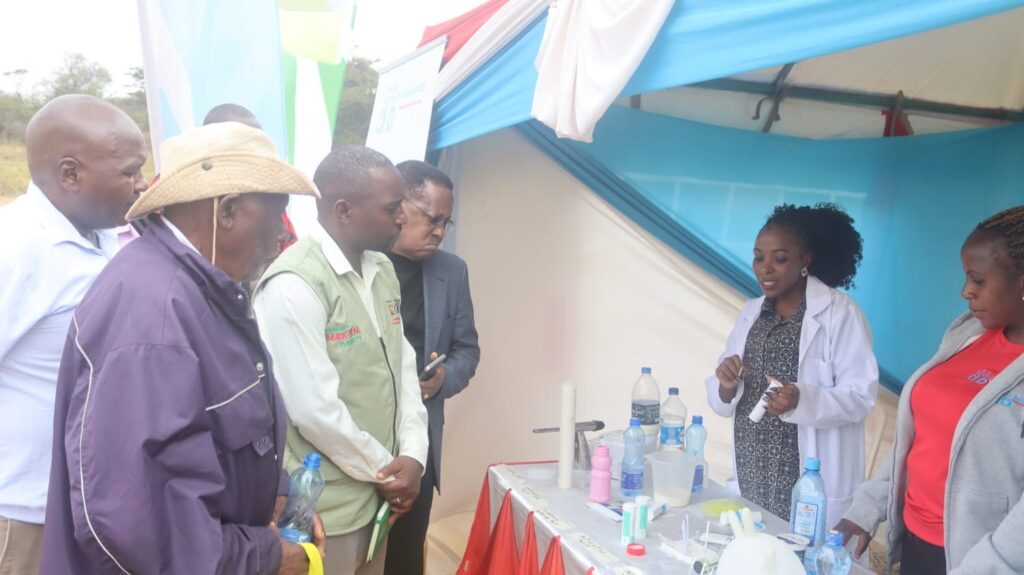Makueni County is steadily transforming its dairy ambition into a resilient income‑generating and nutrition‑enhancing pillar for rural households. A recent dairy field day at a local cooperative highlighted both progress achieved and the production gap that persists: about forty million litres of milk are produced annually, yet local demand still exceeds supply, necessitating importation from other regions. Planners are reframing the deficit as a catalyst for coordinated, long‑term investments that close structural bottlenecks, lift farm productivity, stabilize year‑round volumes, enhance product quality, diversify market channels, and retain a larger share of dairy value within smallholder communities. A comprehensive dairy development strategy is being executed around four reinforcing pillars: improved breeds, better livestock nutrition, robust disease control, and modern aggregation plus marketing systems. The approach is deliberately value‑chain wide, seeking simultaneous gains in primary production, post‑harvest integrity, traceability and equitable pricing. Access to superior genetics is expanding through a subsidized artificial insemination programme lowering the cost barrier to high‑performing, climate‑adapted dairy breeds. Complementing this, a feeds development initiative targets year‑round availability of balanced rations, silage and conserved fodder, cushioning farmers against seasonal scarcity that traditionally suppresses dry‑season yields and margins. Health management is being elevated via structured vaccination drives against principal dairy diseases and continuous farmer training on hygiene, housing, record keeping and climate‑smart husbandry. Capacity building aims to entrench preventive care over reactive treatment, reducing morbidity, mortality and production volatility while smoothing lactation curves. Investment in cooperative infrastructure is accelerating. Multiple societies across the eighteen registered dairy cooperatives have received strategic assets: bulk milk coolers, mini pasteurization or processing units, last‑mile transport vehicles, upgraded electricity connections and ancillary equipment. These upgrades shorten collection windows, reduce bacterial spoilage, enable primary value addition and create negotiating leverage through pooled, quality‑assured volumes aligned with formal market standards. Partnerships with development programmes and international agencies are reinforcing local initiatives, especially in feed security innovations, commercialization models, climate risk mitigation and inclusive financing. Such collaborations are expected to de‑risk private investment and speed diffusion of proven practices across varied agro‑ecological zones and household scales. The unifying theme emphasises investment in farmers, child nutrition and a resilient economic future. By synchronizing breed improvement, feed resilience, preventive animal health, cooperative capitalization and market system modernization, the county aims to elevate household incomes, bolster food and nutrition security, lower rural vulnerability and catalyse broader agro‑industrial growth rooted in an efficient, adaptive, inclusive dairy sector. Progress monitoring remains continual.
Advertisement
Advertisement
Advertisement

